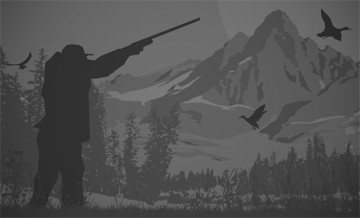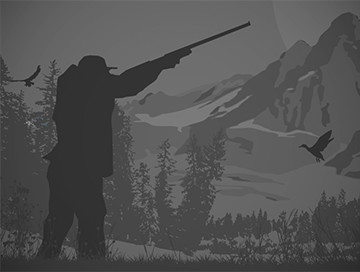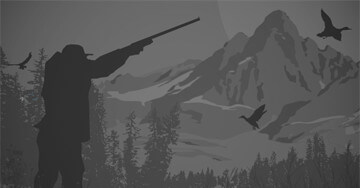Hunting in Nevada
View 5 hunts View all hunts5 hunting trips from 2 outfitters starting from $4,100
Nevada on map
About hunting in Nevada
Nevada is largely a desert—it’s the driest state in the U.S.—but it has a scenic and diverse landscape that ranges from towering mountains to low-lying basins. Most of Nevada is within the Great Basin, with the Mojave Desert to the south and Lake Tahoe and the Sierra Nevada mountains along its western border. Some 86 percent of the state’s land is under federal ownership. An abundance of wildlife is found within Nevada’s borders. Nevada's big-game species include mule deer, Rocky Mountain elk, pronghorn antelope, mountain goat, black bear, mountain lions, and desert bighorn sheep. Nevada’s big-game hunts are awarded by a random draw process and are available to hunters twelve years old or older. Applications are generally available in mid-March and the application deadline is around mid-April. A second drawing is conducted for remaining tags in June, and any remaining tags after that draw can be applied for on a first-come, first-served basis. Mountain lion tags are available over the counter, and furbearers can be hunted or trapped with a trapping license. Upland game birds including chukar partridge, California and Gambel's quail, ruffed grouse, blue grouse, doves, and Himalayan snowcock are found in abundance in Nevada, as are many species of waterfowl. Unprotected species such as coyotes and black-tailed jackrabbits may be hunted without a hunting license by both residents and nonresidents. Learn more about hunting in Nevada and find the latest regulations at http://www.ndow.org/Hunt/.
Price distribution
Reviews
Interested in this destination? Create a subscription to get offers right to your inbox




